Introducing Toplyne Identity Graphs
Introducing Toplyne Identity Graphs
Introducing Toplyne Identity Graphs
Discover how Toplyne maps users to workspaces, teams, and accounts for sales and marketing use cases.
Discover how Toplyne maps users to workspaces, teams, and accounts for sales and marketing use cases.
Discover how Toplyne maps users to workspaces, teams, and accounts for sales and marketing use cases.
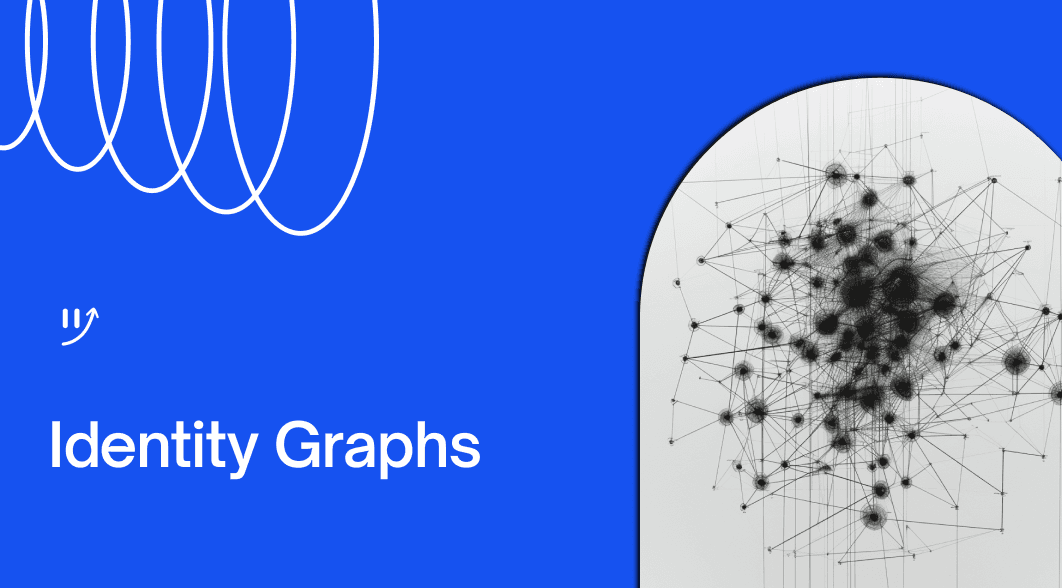


There’s really no dearth of data anymore. Most teams suffer from state of Too Much Information. With no vocabulary or structures to make sense of this data, their next best actions are only slightly better suited for the outcomes they want to achieve than their actions in the absence of any data.
With the power of all your customer data, imagine runing this go-to-market motion through your sales team:
"Trigger this sales email sequence to economic decision makers at all companies using my product, where:
At least 5 users have performed their aha moment event, and
At least 3 are power-users, and
Users are all from at least 3 unique business regions, and
At least one of the users is Director or above.”
What is the Identity Graph?
To define a segment such as the one above requires a structural mapping of your data that connects user behavior and properties to users, these users then to workspaces, workspaces to companies, and then dynamically updates this mapping over time as user behavior changes, new users, workspaces, and companies are added, and as some perish. It requires the first degree node (properties & behavior) to be connected to a third degree node through two others, and therefore to the rest of the map. This in a nutshell is the Toplyne identity graph.
The Identity Graph maps your data across the Amplitudes, Mixpanels, Clearbits, Hubspots, Stripes and Salesforces of the world onto a structure that makes intuitive sense for sales and marketing use-cases.
What you can do with the Identity Graph
Hubspot lets you define segments along the dimension of CRM data. You can define segments on product analytics tools (like Amplitude, Mixpanel) based on usage. Enrichment tools based on firmographics.
On Toplyne, you can define segments along dimensions of your first party data (data only you own) - that’s CRM data, product usage, and your billing data combined with third party data - from enrichment and market intelligence tools.
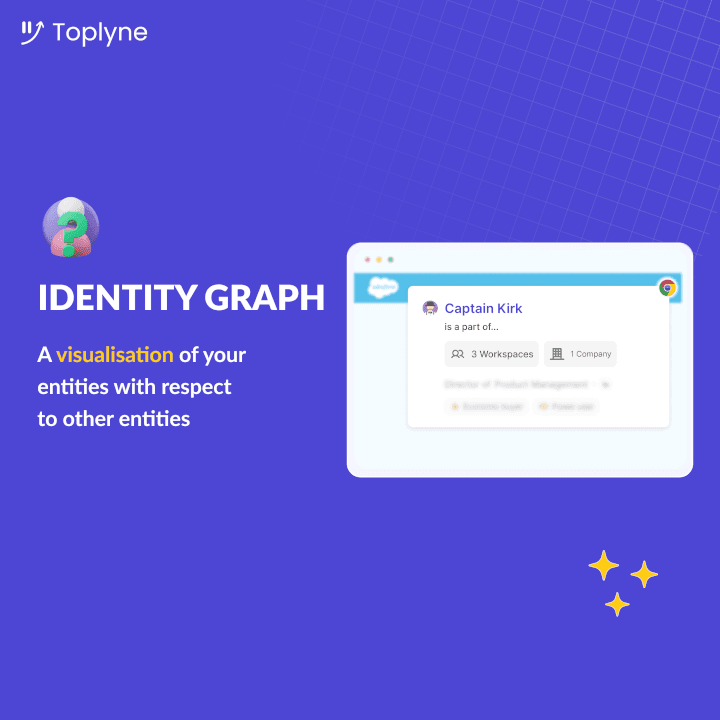
The Identity Graph maps this data on to a user-team-account structure and allows you to then do:
Single-entity segmentation
Define segments of users based on user properties and behavior. Or segments of teams based on team properties and rolled-up behavior. Or segments of accounts based on account properties and aggregated behavior.
Multi-entity segmentation (only on Toplyne)
Define segments of users based on properties and behavior of teams, or accounts. Or segments of accounts based on properties and behavior of users and teams. Multi-entity filters on Toplyne allows you to do what no other tool in the market allows you to do today: Filter across entities.
Filters on top of the Identity Graph allows you to define custom segments like:
“Accounts where sum of all “API calls” made by users at the account are above a certain threshold” - based on combined user level thresholds.
“Domains where at-least 5 users in each of those domains have invited a team member" - based on user count thresholds.
"Companies where users belong to at least 4 business regions" - based on distinct user property thresholds.
"Companies where at least one user has a seniority of Director/VP" - based on user personas.
And a combination of all.
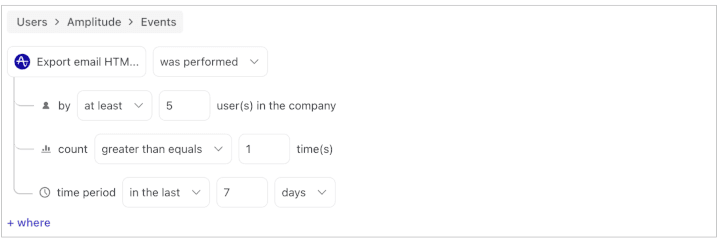
Where to use Filters on the Identity Graph
The Identity Graph and the ability to filter on them gives Ops teams the ability to define custom audiences on the fly through the UI of Toplyne’s pipeline creation workflow. Sales and marketing teams can access the visual representation of the user-team-account hierarchy through the Toplyne Chrome Extension.
With custom audiences defined across entities, and the ability to spin up propensity models on the go, Ops teams now have the ability to:
1. Run lead and account scoring on perfect information
Generate dynamic AI-based custom audiences defined based on user, account, and workspace behavior.
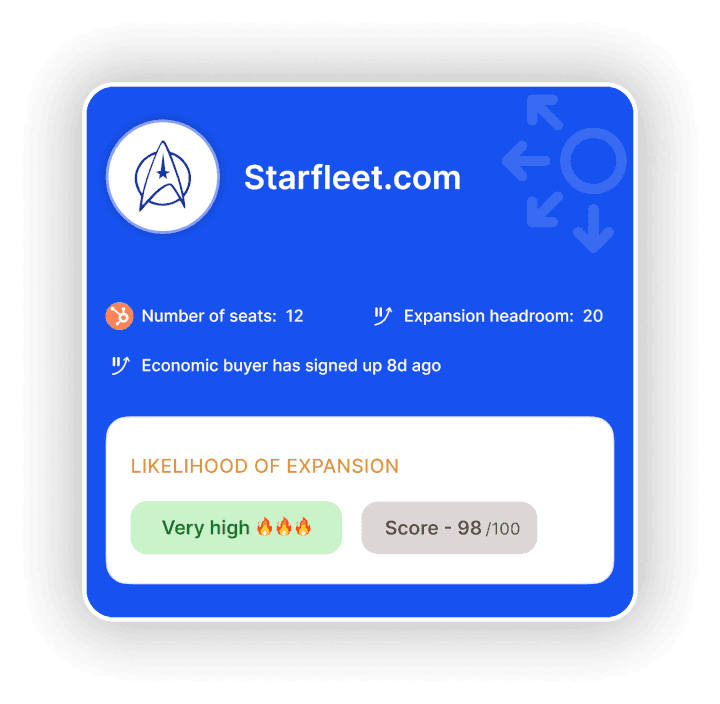
2. Multithread enterprise accounts
Surface first-active, last-active, most-active users and economic buyers (even if they’re not in your product yet) and personalize how your sales teams multithread enterprise accounts.
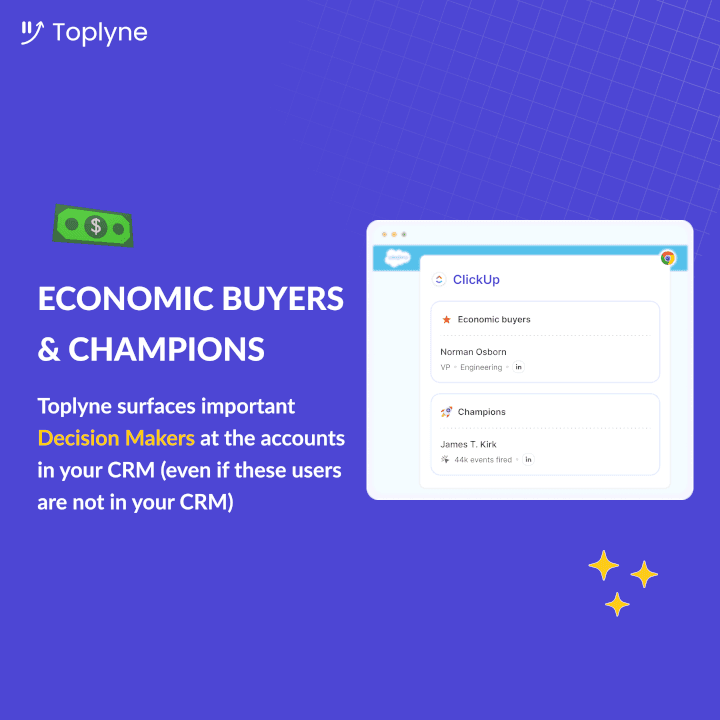
3. Run personalized Account-Based Marketing (ABM) plays
Define playbooks to run bulk-email ABM plays personalized to different kinds of users at your high-value accounts.
For eg:- Trigger product-update explainers to your last-active, webinar invitations to your economic buyers, and a G2 review nudge to your champion users.
4. Custom audiences for life-cycle marketing
Trigger life-cycle marketing plays at relevant times based on lead scoring thresholds indicative of your users’ maturity within your product. Based on a combination of product-milestone heuristics and AI lead scores. Personalize them based on usage and demography/firmography based signals.
Unlock the Toplyne identity graph for your GTM teams.
Companies like Notion, Vercel, Voiceflow, Murf, and Pitch use Toplyne to plot their customer data onto the Identity Graph, so their Go-To-Market teams can trigger propensity-based touchpoints. Topline lets these teams unlock multi-entity filters on the identity graph - something you can do on no other tool in the market today.
To unlock the Identity Graph for your go-to-market team, get in touch with a Toplyne expert today.
There’s really no dearth of data anymore. Most teams suffer from state of Too Much Information. With no vocabulary or structures to make sense of this data, their next best actions are only slightly better suited for the outcomes they want to achieve than their actions in the absence of any data.
With the power of all your customer data, imagine runing this go-to-market motion through your sales team:
"Trigger this sales email sequence to economic decision makers at all companies using my product, where:
At least 5 users have performed their aha moment event, and
At least 3 are power-users, and
Users are all from at least 3 unique business regions, and
At least one of the users is Director or above.”
What is the Identity Graph?
To define a segment such as the one above requires a structural mapping of your data that connects user behavior and properties to users, these users then to workspaces, workspaces to companies, and then dynamically updates this mapping over time as user behavior changes, new users, workspaces, and companies are added, and as some perish. It requires the first degree node (properties & behavior) to be connected to a third degree node through two others, and therefore to the rest of the map. This in a nutshell is the Toplyne identity graph.
The Identity Graph maps your data across the Amplitudes, Mixpanels, Clearbits, Hubspots, Stripes and Salesforces of the world onto a structure that makes intuitive sense for sales and marketing use-cases.
What you can do with the Identity Graph
Hubspot lets you define segments along the dimension of CRM data. You can define segments on product analytics tools (like Amplitude, Mixpanel) based on usage. Enrichment tools based on firmographics.
On Toplyne, you can define segments along dimensions of your first party data (data only you own) - that’s CRM data, product usage, and your billing data combined with third party data - from enrichment and market intelligence tools.

The Identity Graph maps this data on to a user-team-account structure and allows you to then do:
Single-entity segmentation
Define segments of users based on user properties and behavior. Or segments of teams based on team properties and rolled-up behavior. Or segments of accounts based on account properties and aggregated behavior.
Multi-entity segmentation (only on Toplyne)
Define segments of users based on properties and behavior of teams, or accounts. Or segments of accounts based on properties and behavior of users and teams. Multi-entity filters on Toplyne allows you to do what no other tool in the market allows you to do today: Filter across entities.
Filters on top of the Identity Graph allows you to define custom segments like:
“Accounts where sum of all “API calls” made by users at the account are above a certain threshold” - based on combined user level thresholds.
“Domains where at-least 5 users in each of those domains have invited a team member" - based on user count thresholds.
"Companies where users belong to at least 4 business regions" - based on distinct user property thresholds.
"Companies where at least one user has a seniority of Director/VP" - based on user personas.
And a combination of all.

Where to use Filters on the Identity Graph
The Identity Graph and the ability to filter on them gives Ops teams the ability to define custom audiences on the fly through the UI of Toplyne’s pipeline creation workflow. Sales and marketing teams can access the visual representation of the user-team-account hierarchy through the Toplyne Chrome Extension.
With custom audiences defined across entities, and the ability to spin up propensity models on the go, Ops teams now have the ability to:
1. Run lead and account scoring on perfect information
Generate dynamic AI-based custom audiences defined based on user, account, and workspace behavior.

2. Multithread enterprise accounts
Surface first-active, last-active, most-active users and economic buyers (even if they’re not in your product yet) and personalize how your sales teams multithread enterprise accounts.

3. Run personalized Account-Based Marketing (ABM) plays
Define playbooks to run bulk-email ABM plays personalized to different kinds of users at your high-value accounts.
For eg:- Trigger product-update explainers to your last-active, webinar invitations to your economic buyers, and a G2 review nudge to your champion users.
4. Custom audiences for life-cycle marketing
Trigger life-cycle marketing plays at relevant times based on lead scoring thresholds indicative of your users’ maturity within your product. Based on a combination of product-milestone heuristics and AI lead scores. Personalize them based on usage and demography/firmography based signals.
Unlock the Toplyne identity graph for your GTM teams.
Companies like Notion, Vercel, Voiceflow, Murf, and Pitch use Toplyne to plot their customer data onto the Identity Graph, so their Go-To-Market teams can trigger propensity-based touchpoints. Topline lets these teams unlock multi-entity filters on the identity graph - something you can do on no other tool in the market today.
To unlock the Identity Graph for your go-to-market team, get in touch with a Toplyne expert today.
Related Articles




Unlocking the Full Potential of Google PMax Campaigns: Mastering Audience Selection to Double Your ROAS




Here's why Rule-based retargeting strategies are holding back your campaign performance
Predictive LTV based retargeting is the game changer for boosting ROAS in Retargeting campaigns.




Retargeting Best Practices for 2024: Boost Conversions & ROI
Upgrade your campaigns! Discover the most effective retargeting strategies for 2024 & beyond. Skyrocket conversions & ROI. Click now!
Copyright © Toplyne Labs PTE Ltd. 2024
Copyright © Toplyne Labs PTE Ltd. 2024
Copyright © Toplyne Labs PTE Ltd. 2024
Copyright © Toplyne Labs PTE Ltd. 2024